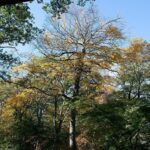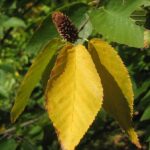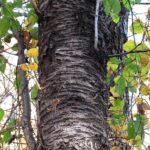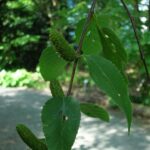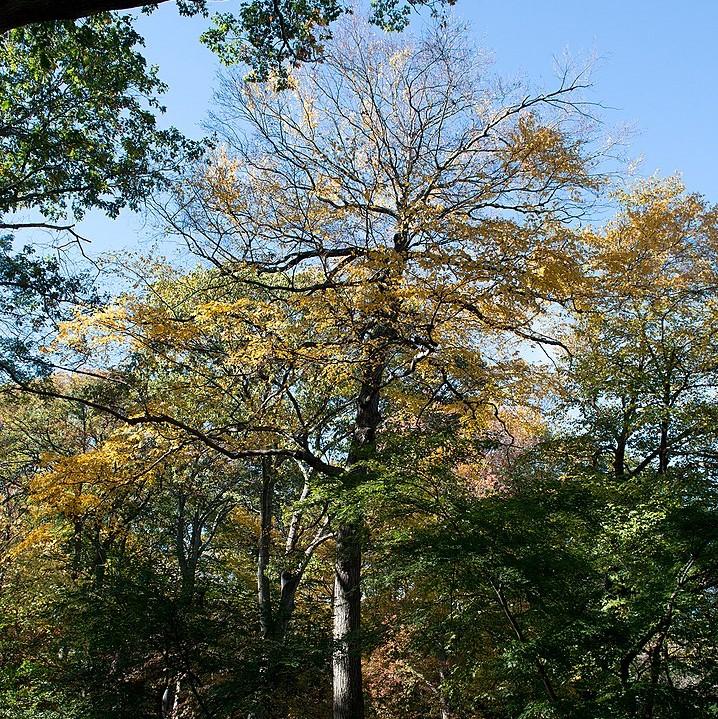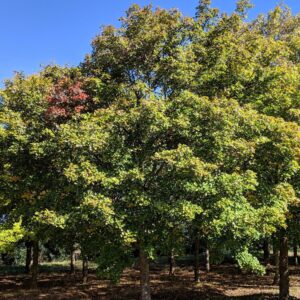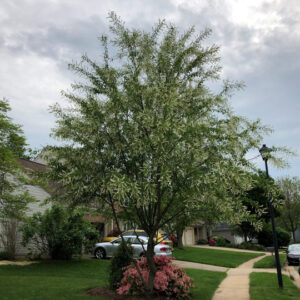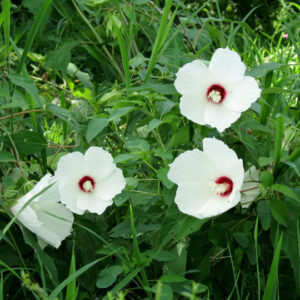The Sweet Birch, scientifically known as Betula lenta, is a beautiful deciduous tree native to North America. It is also commonly referred to as the Black Birch or Cherry Birch.
The Sweet Birch is known for its attractive bark, which starts off reddish-brown and gradually darkens to black as the tree matures. The leaves are oval-shaped and have a glossy, dark green color, turning a vibrant yellow in the fall.
This tree thrives in full sun to partial shade and prefers well-draining soil. It is relatively low-maintenance and can tolerate a range of soil conditions. Regular watering is important, especially during dry periods, to keep the soil consistently moist.
|
Type: |
Tree |
|
Origins: |
Appalachian Mountains; GA Native |
|
Height: |
60’ – 70’ |
|
Spread: |
35’ – 45’ |
|
Spacing: |
40’ |
|
USDA Hardiness Zone: |
3 – 8 |
|
Culture: |
Full Sun, Part Sun |
|
Bloom Color: |
Yellow |
|
Season of Interest: |
Fall, Year-Round |
MAINTENANCE NEEDS: Low maintenance. Weakened birches are vulnerable to the bronze birch borer which can be fatal. Stem canker, aphids, and birch skeletonizer may occur. Mulch to keep root zones moist and cool.
LANDSCAPE USES: Specimen planting or Grove, Wetlands and ponds, Woo dland Garden, Naturalized Areas, Native Garden, and Shade Tree.
COMPANION PLANTS: Sweetflag, Buckeye, Tea Berry
IMAGES: Plant Image Library from Boston, USA, Betula lenta (Sweet Birch) (38246389121), CC BY-SA 2.0, (2) Photo by Nicholas_T, Appalachian Trail: Totts Gap to Mount Minsi (17), (3) El Grafo, Betula lenta ÖBG 09-07-16 01, CC BY-SA 3.0, (4) Photo by Katja Schulz, Sweet Birch, (5) Lynk media, Betula lenta 1, CC BY-SA 3.0, (6) Katja Schulz from Washington, D. C., USA, Sweet Birch (30980173802), CC BY 2.0, (7) André Karwath aka Aka, Baumstamm, CC BY-SA 2.5
*As plants have ranges in appearance they may not appear as the images shown.

